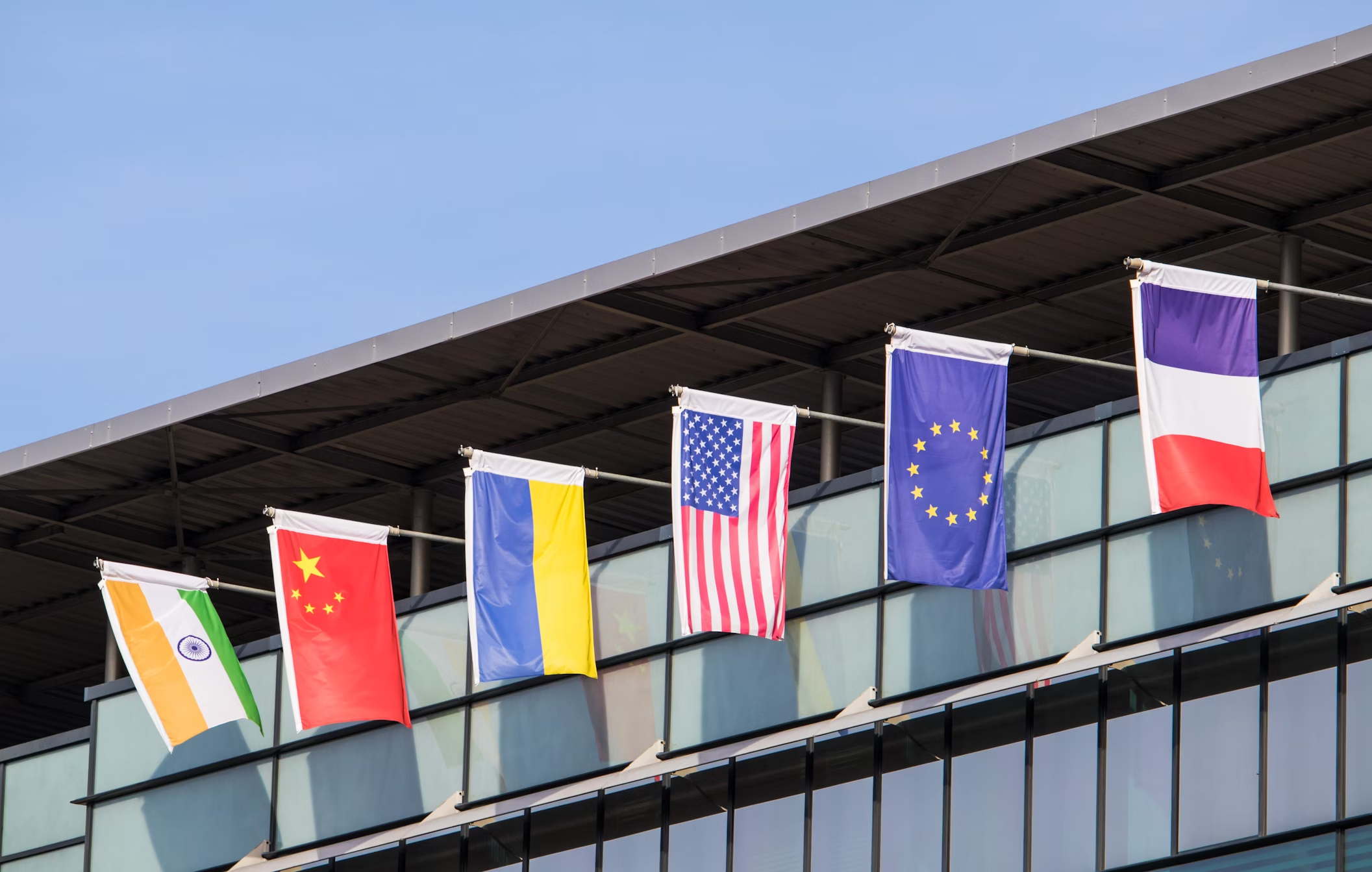In the annals of American scientific achievement, chemistry has long stood as a pillar of innovation and economic strength.
From the development of life-saving pharmaceuticals to advancements in materials science, the field has been instrumental in propelling the United States to the forefront of global research.
However, recent actions by the Trump administration signal a potential unraveling of this legacy.
Federal Funding Cuts
The Trump administration’s decision to freeze or cancel over $6 billion in research grants has sent shockwaves through the academic community. Institutions like Harvard, Northwestern, and Cornell have seen significant portions of their funding halted, jeopardizing ongoing projects and future discoveries . Specifically, the National Science Foundation’s (NSF) chemistry division faces a proposed 75% budget cut, which could reduce grant success rates to a mere 7%.
These cuts not only stall current research but also deter budding chemists from pursuing advanced studies, fearing a lack of support and resources. The ripple effect could lead to a decline in groundbreaking discoveries and a diminished global standing in scientific research.
Ideological Interference: Science Under Scrutiny
Beyond financial constraints, the administration’s ideological stance poses a threat to academic freedom. Education Secretary Linda McMahon’s assertion that universities can conduct research “as long as they’re abiding by the laws and in sync… with the administration” raises concerns about the politicization of science .
Such a climate may discourage researchers from exploring controversial or politically sensitive topics, stifling innovation and critical inquiry. In chemistry, this could hinder studies in areas like climate change, renewable energy, and environmental protection—fields that often intersect with political debates.
Immigration Policies: A Barrier to Talent
The United States has historically attracted top international talent, with foreign students and researchers contributing significantly to the nation’s scientific prowess. However, the administration’s restrictive immigration policies threaten this dynamic. Visa limitations and increased scrutiny have made it more challenging for international scholars to study and work in the U.S., leading to a potential “brain drain” as talent seeks opportunities elsewhere .
This exodus not only diminishes the diversity and richness of the academic community but also hampers collaborative efforts that drive innovation in chemistry and other sciences.
Global Implications: Competitors Seize the Opportunity
As the United States signals retreat from its traditional role as a beacon for scientific talent, other nations are moving swiftly to fill the void. China, France, and Germany, to name a few, are ramping up their recruitment of top scientists and pouring resources into research infrastructure. French universities have reportedly launched targeted campaigns to attract American faculty and graduate students, while Chinese institutions are expanding partnerships and joint ventures, eager to import the expertise that once gravitated toward the U.S.
The chemistry community is particularly susceptible to this trend. International collaborations, once anchored by American labs, are shifting abroad as European and Asian institutions promise uninterrupted funding, state-of-the-art facilities, and a welcoming environment for academic freedom. The net effect is a loss of intellectual capital that, once gone, is difficult to regain.
Ripple Effect on Industry and Innovation
Chemistry does not exist in a vacuum. Breakthroughs in the field drive progress across pharmaceuticals, energy, manufacturing, and technology. The venture capital ecosystem, which relies on university research to seed future companies, could see its pipeline dwindle. Startups born from American chemistry labs, many of which grew into global leaders, may become a rarer breed.
Corporate R&D labs are not immune. Major players in sectors ranging from petrochemicals to biotech have historically drawn from the talent pool nurtured in U.S. graduate programs. Should these programs shrink or lose their luster, companies will face a less robust supply of skilled chemists, with downstream effects on product development and competitiveness.
Long-Term Consequences for Education and the Workforce
For students, the message is chilling. Applications to U.S. chemistry PhD programs have already begun to dip, according to several department chairs. Prospective students, especially those from abroad, are reconsidering their options, opting for countries where research support seems less capricious.
Faculty, too, feel the squeeze. Senior scientists are fielding offers from overseas universities eager to capitalize on the moment, while junior faculty worry about securing tenure in an environment of shrinking resources and politicized oversight. The cascading effect on undergraduate teaching is just as stark—larger class sizes, fewer opportunities for hands-on research, and a diminishing sense of academic community.
An Uncertain Future
The United States has long prided itself on being the global engine of discovery, powered by a world-class university system and a culture that rewards bold inquiry. The recent wave of attacks on higher education threatens to blunt that edge at a moment when the stakes could not be higher.
Chemistry, as both a discipline and a foundation for myriad industries, embodies what is at risk. The coming years will reveal whether American policymakers, university leaders, and the broader public can rally to preserve the conditions that made U.S. science the envy of the world—or whether the country will watch as its chemistry advantage diffuses across new frontiers.



